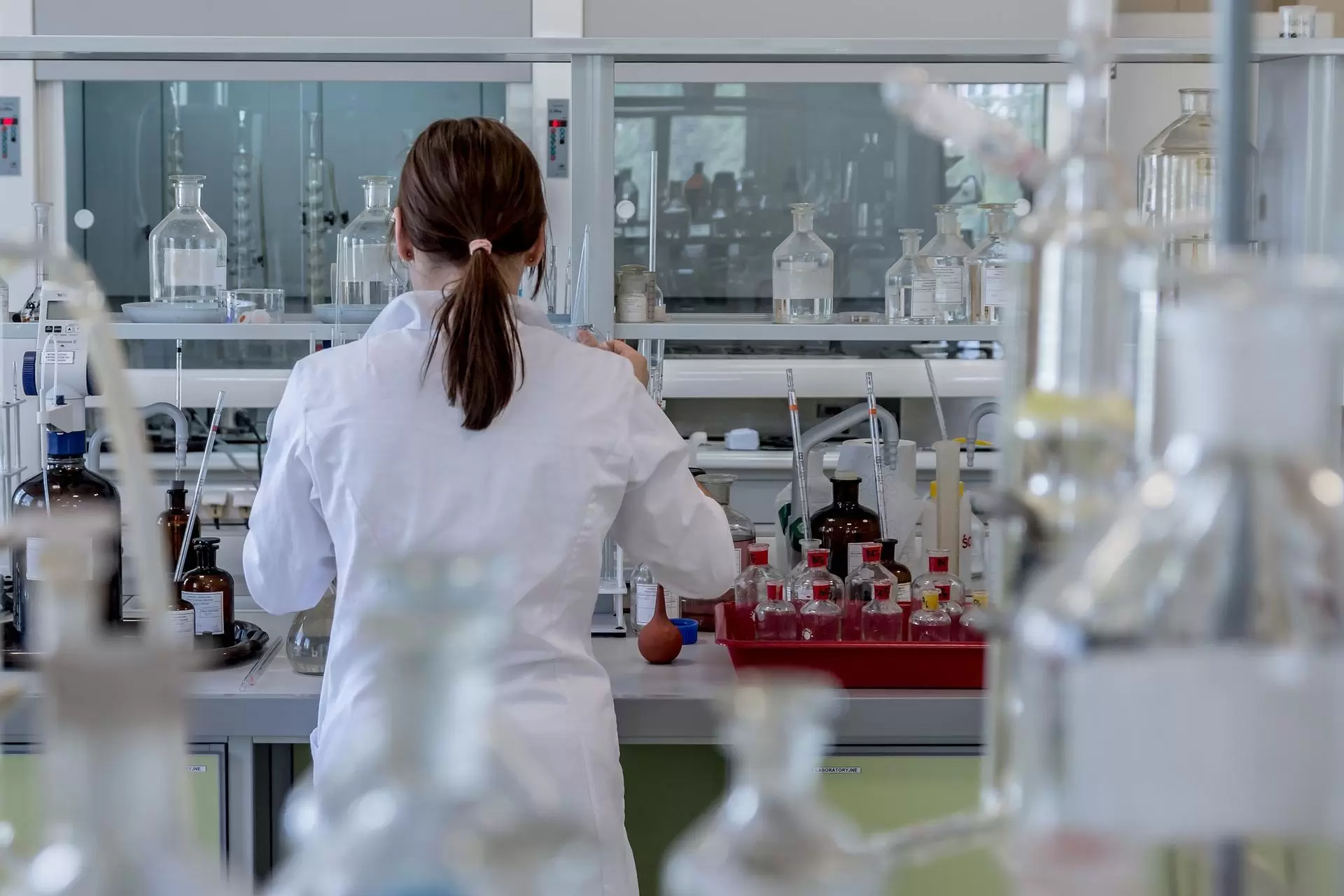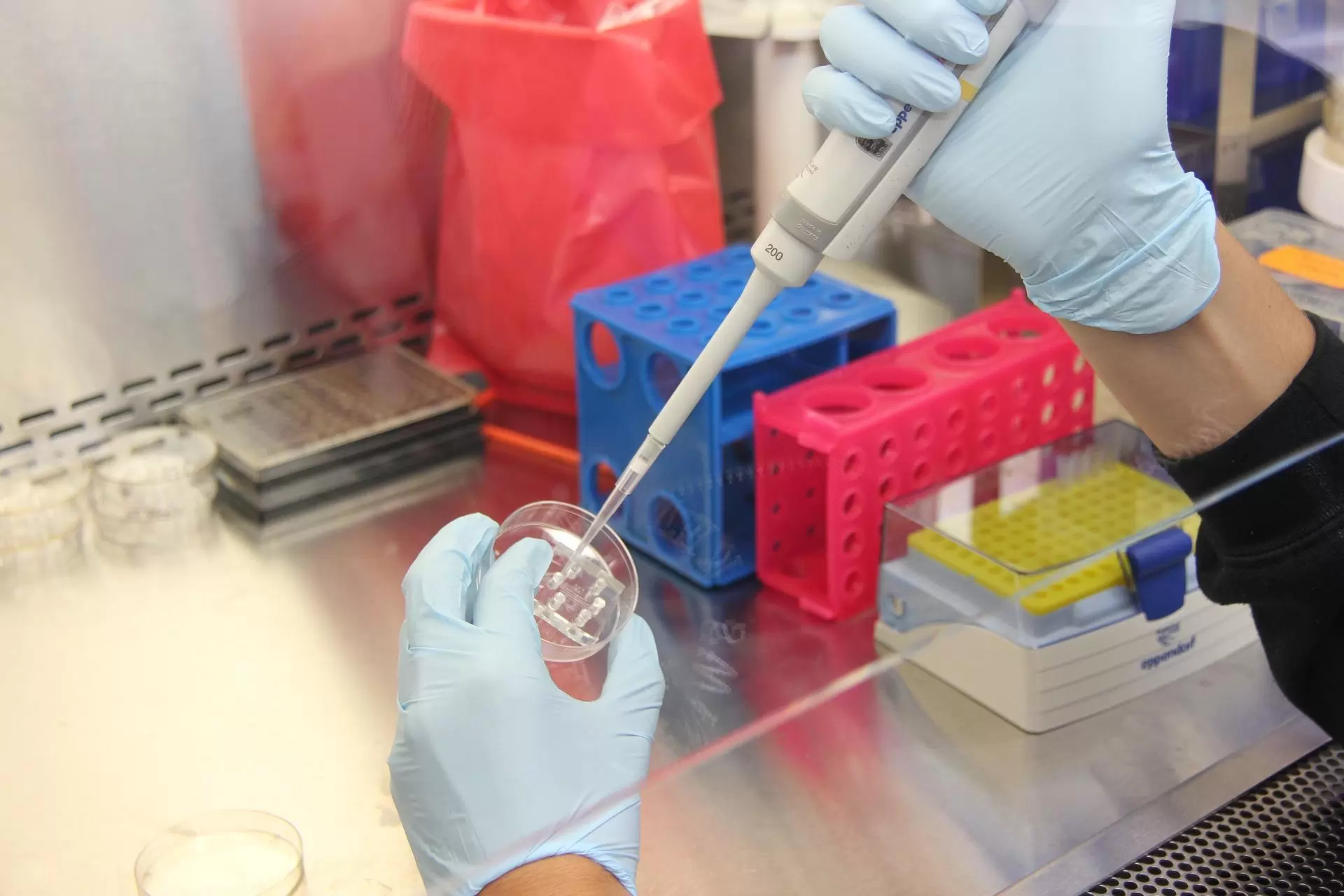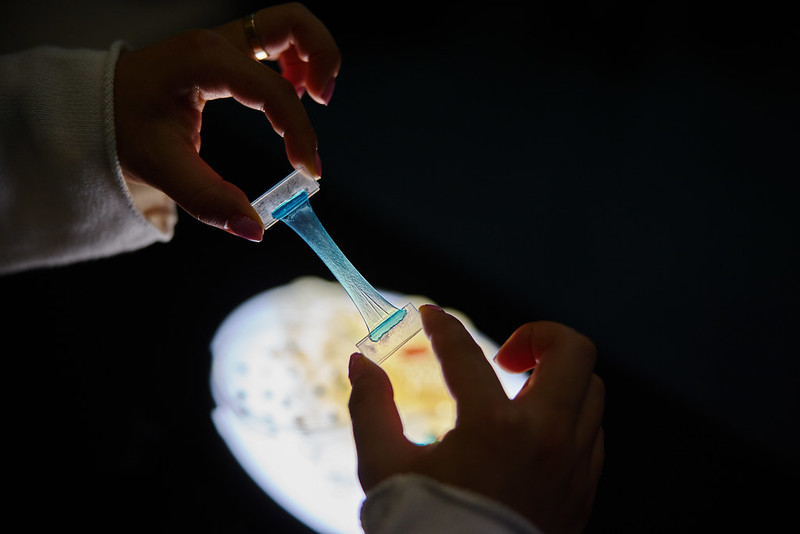Research
Our research focuses on the design and synthesis of biomaterials to improve the repair of biological tissues, with a special focus in orthopaedics. The goal of these multifunctional biomaterials is to provide an adhesive interface to anchor scaffolds directly to tissue surfaces, create niche environments to maintain tendon derived cell homeostasis, and serve as drug delivery systems for therapeutics to improve tissue healing.
Aging
 Understanding how aging effects tissues and cells is crucial for developing effective regenerative therapeutics as the regenerative capacity declines with aging and cellular senescence. Aging leads to altered cell signaling pathways, changes in the extracellular matrix (ECM), and immunosenescence. As a result, many aging-related diseases may occur in the musculoskeletal system such as osteoarthritis, tendinopathy, and rotator cuff tears.
Understanding how aging effects tissues and cells is crucial for developing effective regenerative therapeutics as the regenerative capacity declines with aging and cellular senescence. Aging leads to altered cell signaling pathways, changes in the extracellular matrix (ECM), and immunosenescence. As a result, many aging-related diseases may occur in the musculoskeletal system such as osteoarthritis, tendinopathy, and rotator cuff tears.
Aging is the largest risk factor for tendon associated disorders and rupture. Although tendon macroscale elastic properties are suggested to decline with aging, less is known about the effect of maturity and aging on multiscale viscoelastic properties and their effect on tendon cell behavior. Our previous work has shown dose dependent changes in native multiscale tendon mechanical and structural properties with aging. Alginate hydrogel systems designed to mimic juvenile tendon microscale mechanics revealed that stiffness and viscoelasticity affected Achilles tendon cell aspect ratio and proliferation during aging. This knowledge provides further evidence for the negative impact of maturity and aging on tendon and begins to elucidate how viscoelasticity can control tendon derived cell morphology and expansion.
Tendon
 Musculoskeletal injuries affect 28.6 million Americans of all ages per year, including injuries to tendon, ligament, and muscle. Approved and marketed innovative therapies for tendon diseases have not yet changed clinical practice, thus till today of symptomatic pain treatment together with and physiotherapy remains the forefront of therapeutic intervention of tendon diseases. Substantial progress in translational science however supports that the paradigm. Shifting from targeting symptom relief towards disease modification and prevention of disease progression may open new avenues for novel therapies to change clinical practice for tendon diseases prospectively.
Musculoskeletal injuries affect 28.6 million Americans of all ages per year, including injuries to tendon, ligament, and muscle. Approved and marketed innovative therapies for tendon diseases have not yet changed clinical practice, thus till today of symptomatic pain treatment together with and physiotherapy remains the forefront of therapeutic intervention of tendon diseases. Substantial progress in translational science however supports that the paradigm. Shifting from targeting symptom relief towards disease modification and prevention of disease progression may open new avenues for novel therapies to change clinical practice for tendon diseases prospectively.
Our work is focused development of novel approved drugs, biologic products, and biomaterial therapies for tendon diseases in context of currently approved therapies and the resulting unmet medical need with. Shifting from targeting symptom relief towards disease modification and prevention of disease progression may open new avenues for therapies. Future treatments for tendon diseases require deep evidence-based clinical, cellular, and molecular characterization of the underlying pathology of tendon diseases, as well as will inform future therapies. Insights from omics, therapy development, therapeutic delivery optimization, advances in clinical data science, and establishment of multi-discipline inter-organizational collaboration platforms may accelerate the discovery and translation of transformative therapies for tendon diseases.
New Biomaterials
 Connective tissue, a vital component among the four primary animal tissues, plays an integral role in the human body. Factors such as genetics, aging, and injuries contribute to connective tissue dysfunction, compelling the search for approaches that facilitate healing and regeneration. This drive underscores the necessity for novel biomaterials, encompassing both biologic-free materials and therapeutic-delivering agents.
Connective tissue, a vital component among the four primary animal tissues, plays an integral role in the human body. Factors such as genetics, aging, and injuries contribute to connective tissue dysfunction, compelling the search for approaches that facilitate healing and regeneration. This drive underscores the necessity for novel biomaterials, encompassing both biologic-free materials and therapeutic-delivering agents.
The objective is to bridge a comprehensive comprehension of connective tissues, considering their diverse properties, to better guide the development and application of innovative biomaterials fostering their regeneration.
Work aims to understand:
- The intricate relationships between the structure and function of native soft connective tissues, aiming to offer insights that can steer the design of biomaterials.
- Incorporation of both biologic-free options and those integrating biologics, to enhance the healing process of these tissues.
- How we can translate new biomaterials from concept to clinical practice.
Thank you to the following funding sources for their support!


